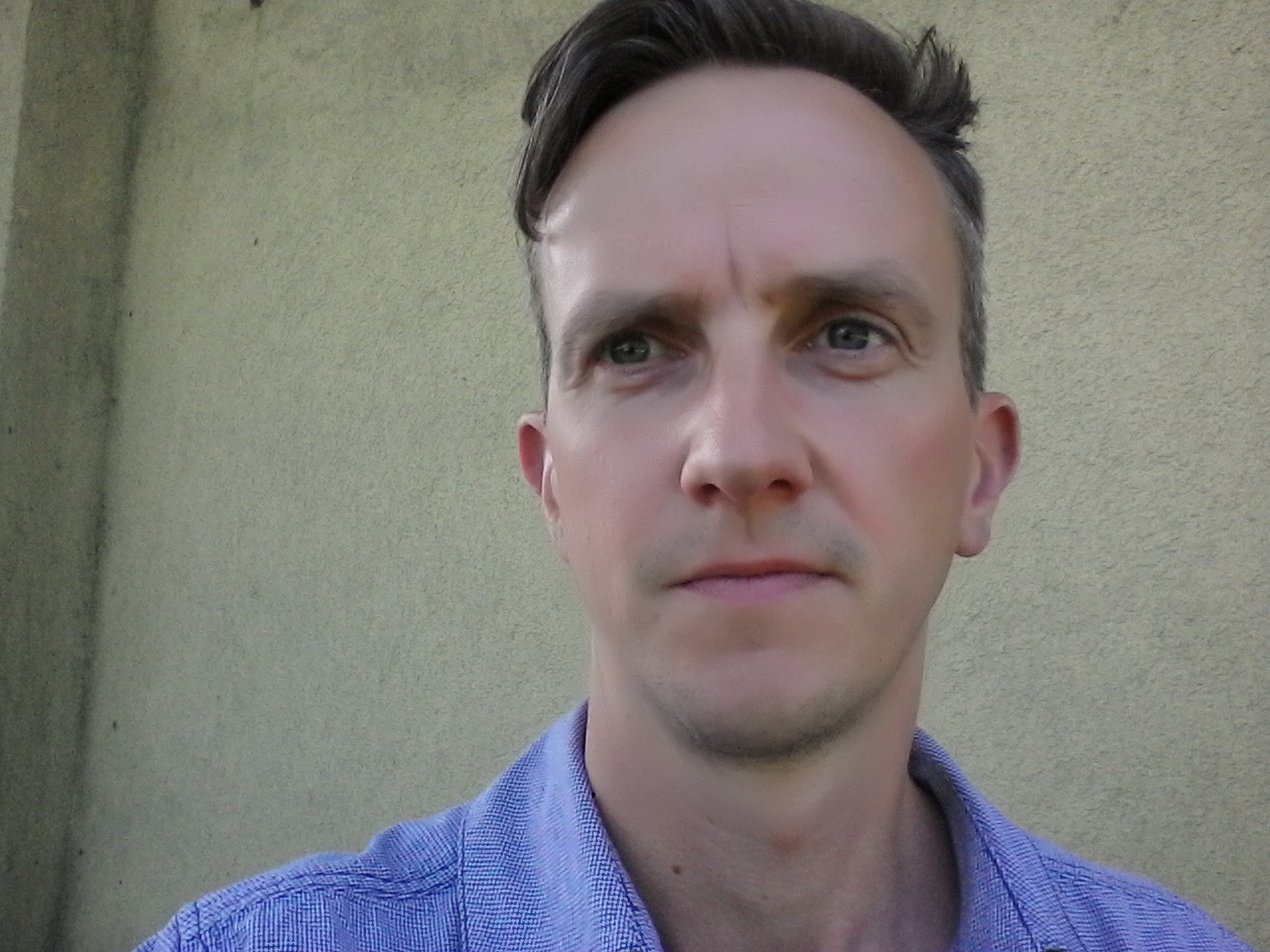't Grom
Intangible cultural heritage is currently at the heart of the museum as we aim to establish a steady following of fans and contributors. We believe a museum cannot stand by itself as a brick building filled with items. It needs to be backed by individuals or a community who feel(s) connected to the building and or items. And this is where intangible heritage steps into the game. Intangible heritage is the most perfect form of heritage to be acted out, lived, relived, reenacted and passed on to others.
As a museum 't Grom does not hold exhibitions or lectures. We aim to put practitioners of intangible heritage at the center by having them teach others first hand. ICH-practitioners are invited to help us think of ways to set up activities or courses with especially these goals. They are co-hosts and fellow organisers. This garantuees a fruitfull base for intangible heritage to thrive in. Practitioners are urged to train their skills, sharpen their know-how and learn there is a future for all of this.
As an extra incentive we see intangible heritage not only as a goal but also as a means to achieve more publicity, more followers, more fans and finally more income.
Remembering/Reviving Rembertus Dodonaeus
Description of the project / practice / program
The 500 year old herbarium of Dodoens was taken apart not to be reassembled into an exhibition or lecture, but it was viewed at for the skills with which it was put together. Ancient knowledge about herbal medecine glorified with accurate and beautiful drawings of plants, roots and flowers.
We revived the book on the one hand by asking a herbalist society to set up an entirely original course where both theory and practice are intertwined within the botanical garden of our museum. On the other hand we asked a botanical painter to set up a 3-month course wherein plants from that very botanical garden were used as models to create new pieces of art, showing the exact accuracy of the 500 year old herbarium. In the end we did hold an exhibition where the creations of the students where contrasted with the reproductions of the original book by Dodonaeus.
How were practitioners of intangible cultural heritage involved?
They acted as co-hosts, organisers and intermediairs to an audience we otherwise had no connection with yet.
Cover image: botanical drawing © Kees Verwaard
CV of the author

Life's crazy turns have led me to lead a small museum just north of Malines in Belgium. A vegetable museum, who would have expected that! From a master degree in translation to an extra plack on the wall as a socio-cultural worker, my career has taken me different places. After a false start I took of for a 7-year-ride as a communications officer for De Roma, one of the most beautiful and authentic music halls in Antwerp. Then I was on to a short stop at the former Royal Palace, again in Antwerp, to bring new life back to this almost forgotten gem in the heart of the city. And after having lots of fun organizing a festival for the re-opening of an old subway line, I finally landed at my very own vegetable museum.
LESSONS LEARNT
- There’s intangible heritage around every corner, you just have to know where to look for it.
- If you don’t know where to look, be sure someone else does. Network!
- ICH for everyone! Share the attention, fun, and profits with communities, groups or individuals.
- Sprinkle your ICH. Make sure everyone turns to see what you’re doing. Interest is the germination of participation and participation is the key to flowering heritage.
LINKS
Practical
When
18 May 2018 from 11:38 to 11:38
Where
Subscriptions
It is no longer possible to subscribe to this bestpractice. Reports and videos will be published after the bestpractice.